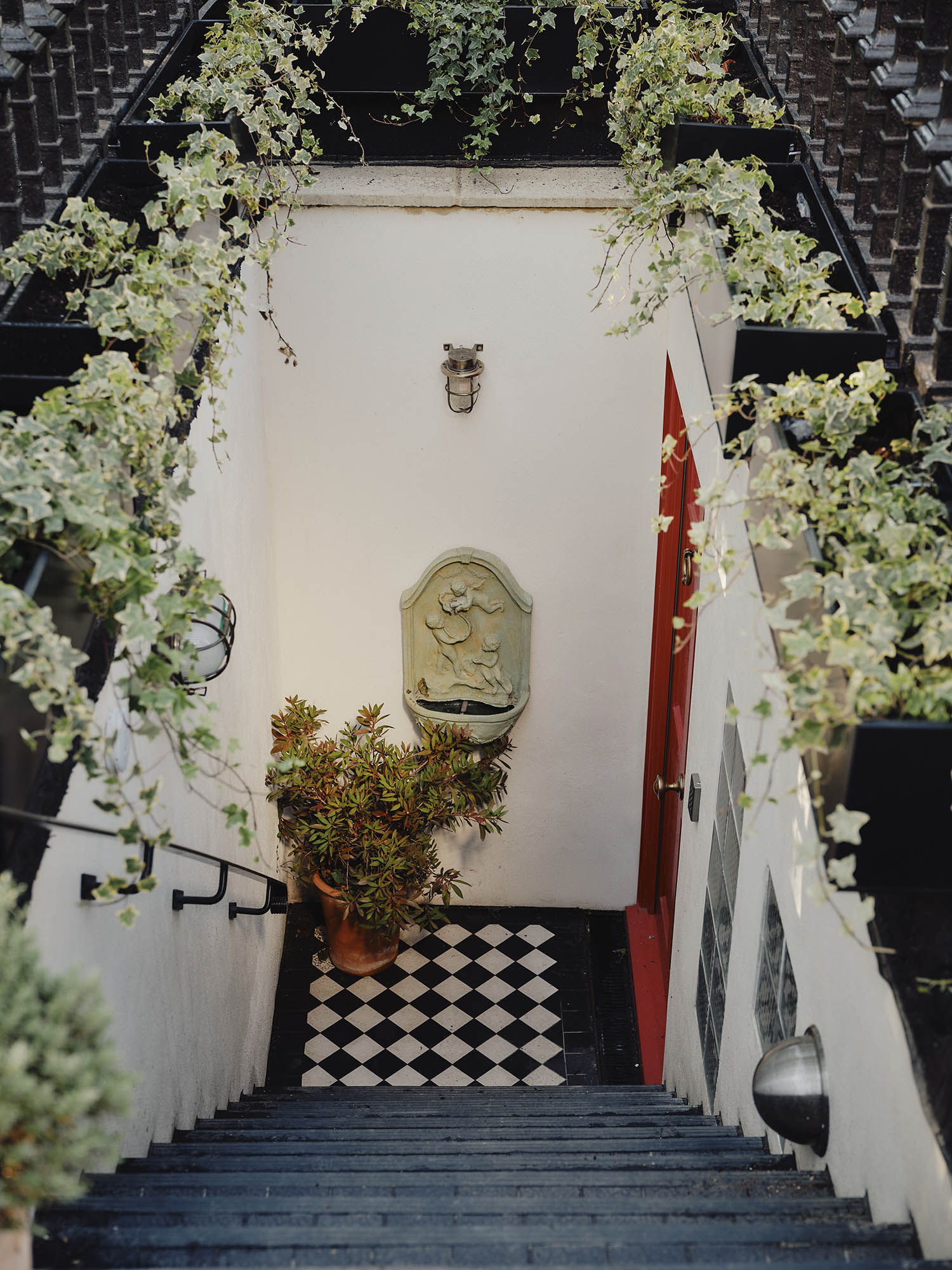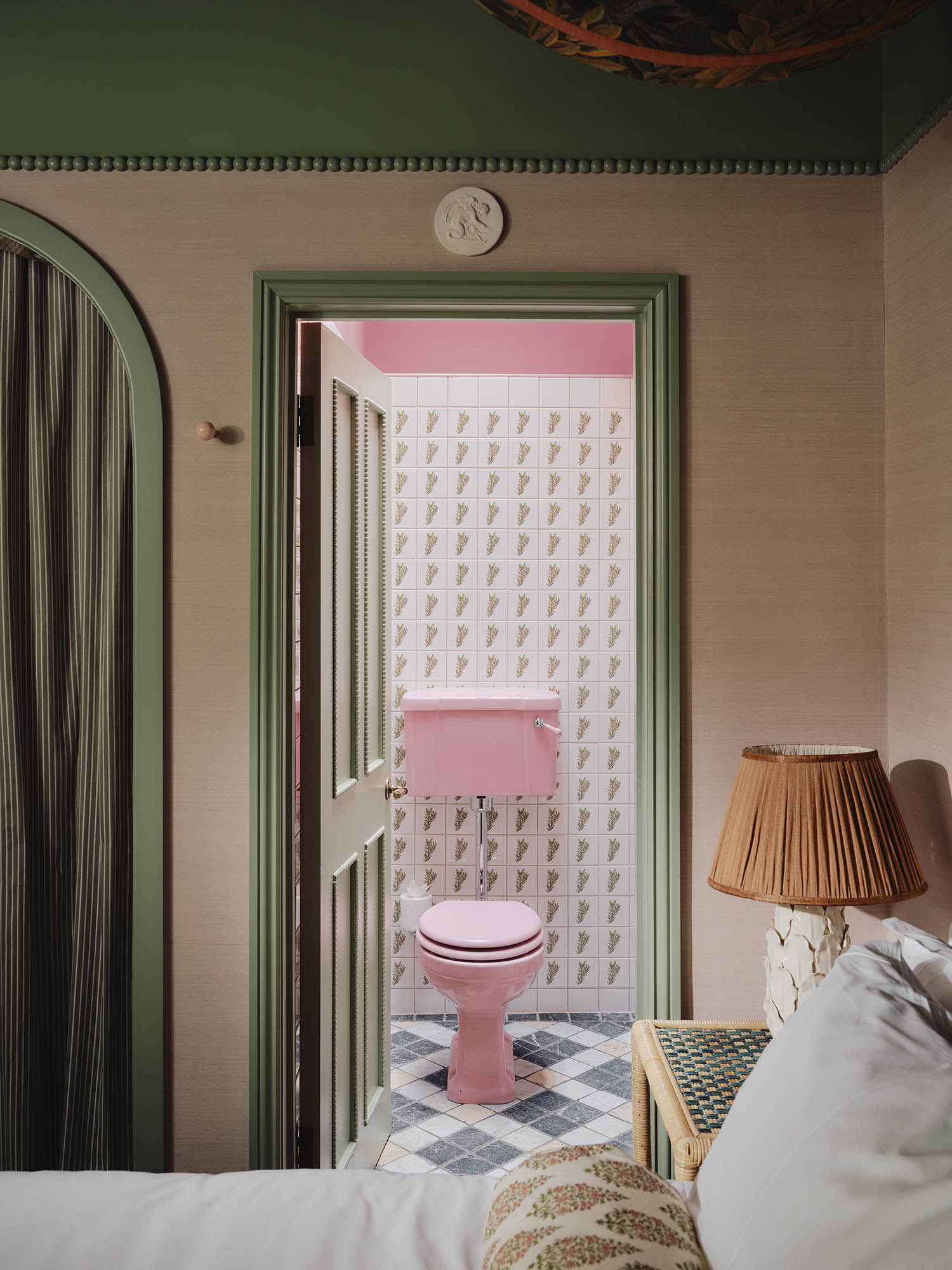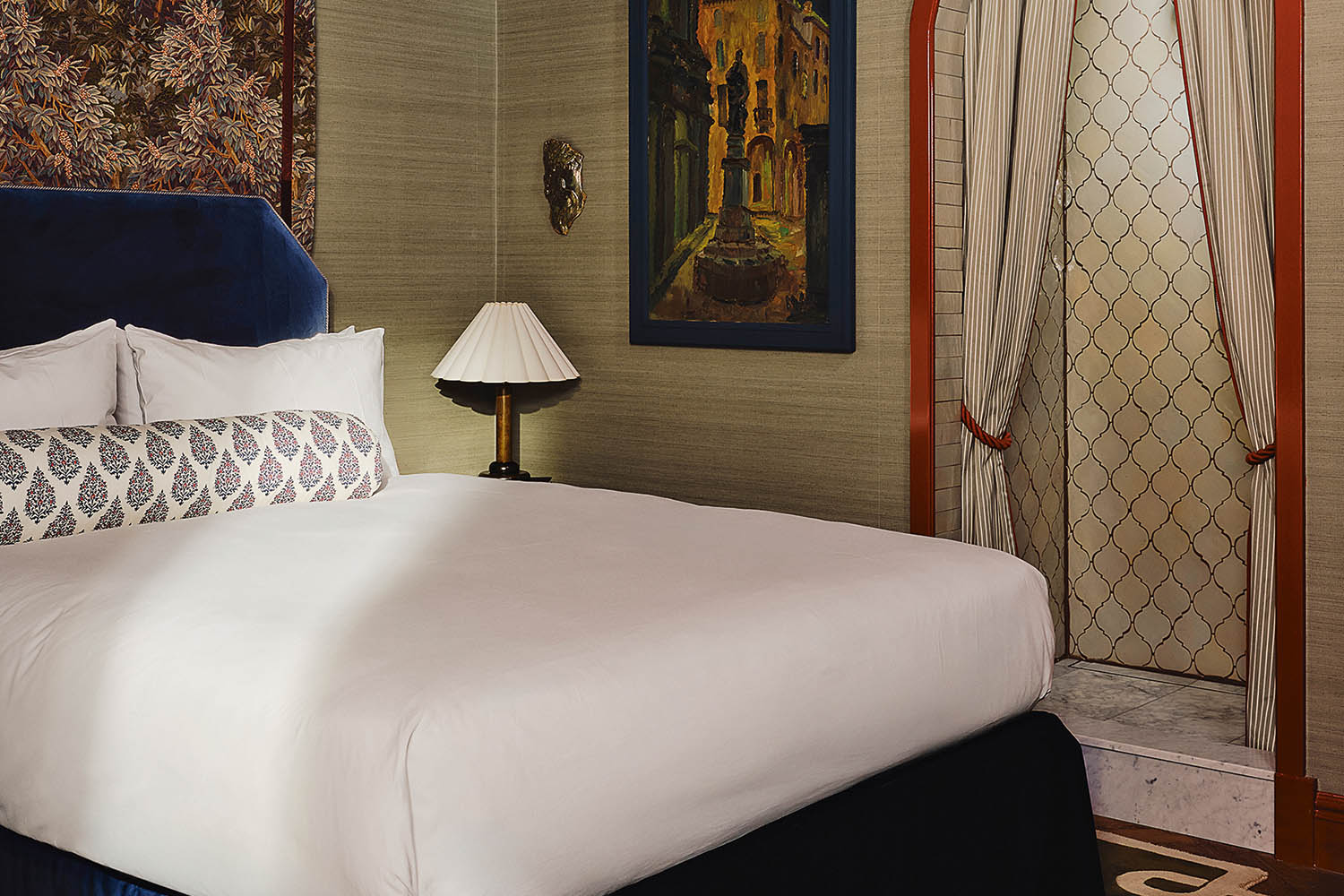Photographs by Dean Hearne
In Wim Wenders’s 2023 gem of a film Perfect Days, Koji Yakusho starred as a gentle, thoughtful cleaner who spent his time meticulously caring for public bathrooms in Tokyo’s Shibuya district. Such was the success of the film that tours are now available of these 17 miniature wonders, designed by renowned architects such as Tadao Ando and Shigeru Ban. In the UK, we don’t show the same reverence towards our public facilities: according to the British Toilet Association, more than 60% of public conveniences have closed over the past decade.
In the absence of increased infrastructure spending, enterprising developers are stepping in to find novel approaches for facilities fallen into disuse. In the centre of Oxford, two Victorian subterranean gentlemen’s toilets have been refashioned into self-contained boutique hotel rooms. Built in 1895, the lavatories were closed in 2008 and lay empty until earlier this summer, when The Netty opened its doors following a stylish renovation by London-based interior designer Rachael Gowdridge. “The clients contacted me out of the blue with this very strange brief,” she recalls. “We were immediately enthralled by the idea. It’s not every day you get asked to transform such a quirky site.”
The politics of public sanitation aside, the restoration is a playful and inventive use of the space; in an ever-expanding experience economy, an overnight stay makes for a potential future anecdote. And it is a fun idea: in the run-up to, and the days following my stay, I tell everyone I speak to about my residence in a former toilet. (The nearby Malmaison Oxford, a prison converted into a luxury hotel, has been more controversial.)

The Netty (slang for toilets, said to derive from the Italian gabinetti) offers two separate one-bedroom suites, accessed directly from the street using a code to gain entry. There is no traditional front desk or room service, but a helpline is provided in case of queries. The rooms are centrally located, across the road from the Ashmolean Museum and the Oxford Playhouse, which were both used as inspiration for design cues, from miniature plaster casts on the wall to a motif of thick, theatrical curtains. It is 10 minutes from the train station and a short walk from the city centre, with its scenic canal-side pubs, picturesque colleges and more Harry Potter gift shops than any sane person would reasonably need access to.
Finding the entrance is the first challenge: the rooms are at the bottom of a flight of stairs in the middle of a junction, signposted only by iron railings and a small plaque on the ground. Descending the steps alone into what was once a men’s public urinal does, it must be said, still very much feel like entering a toilet. But once you are inside, the décor is impeccable. It’s a tactile experience: a rich French tapestry and velvet headboard adorn the double bed, with luxuriant fabrics and interesting textures throughout. The brightly coloured loo is decorated with arabesque tiles and statement lamps; the high-cistern toilet and stainless-steel trough sink are inspired by Victorian-era style. “Being underground, you need to entice guests to come and stay,” says Gowdridge. “We wanted to create a humorous, ornate design layered with storytelling and surprising details that make the space unlike anything else when you visit.”
I stay in Suite One, the “slightly more masculine” one, defined by angular shapes and darker finishes; Suite Two is “fresher and lighter”. Aside from the somewhat patchy WiFi and phone signal, life underground feels good. The room is spacious and there is more light than I had expected, coming from glass blocks on the roof and the side wall. The first time someone walks above me while I’m in the bathroom is a surprise, but for the most part the location is quiet and secluded. Because of its sense of isolation, the room could work nicely as a writing retreat, as long as you don’t mind staring at your own face in the mirror as you type (it does, admittedly, have flattering lighting – the space has clearly been designed by someone who understands the value of good illumination).

For the price (usually £170-£300, depending on the night), there are a few unusual omissions: perhaps a soap dish could be provided, a box of tissues, maybe some slippers. Other concerns are slightly more pressing: the cold tap isn’t particularly cold, so a bottle of water would have been welcome; an additional inside lock would make the room feel more secure.
Overall, it’s a pleasant and enjoyable stay. The bed is comfortable, cocoon-like: at the end of the day, I melt into it and have the best sleep I’ve had in ages. The shower is framed by a dramatic archway and has excellent pressure. And the toilet? It flushes like a dream.
The Netty Hotel, 1A St Giles, Oxford OX1 3LE (thenetty.co.uk). Prices from £170
